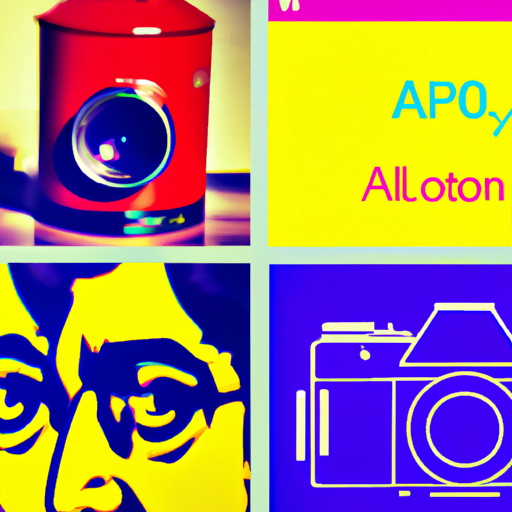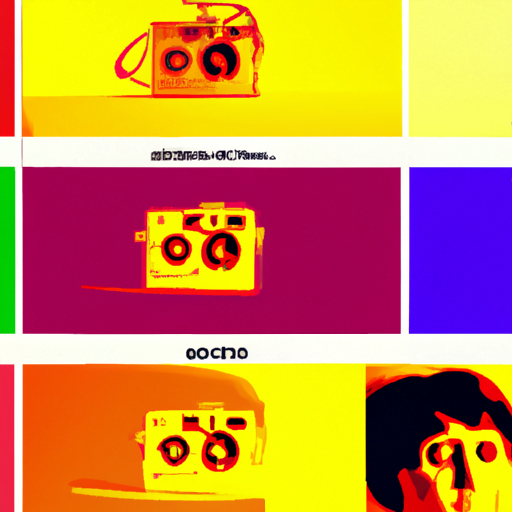
-
Table of Contents
- Emotional Design in Interfaces: Creating Engaging User Experiences
- What is Emotional Design?
- Visceral Design
- Behavioral Design
- Reflective Design
- The Importance of Emotional Design in Interfaces
- 1. Enhanced User Engagement
- 2. Improved User Satisfaction
- 3. Increased Brand Loyalty
- Principles of Emotional Design
- 1. Understand Your Users
- 2. Use Visual Elements Strategically
- 3. Incorporate Microinteractions
- 4. Create a Consistent Brand Experience
- 5. Delight Users with Surprise and Deliberate Moments
- Case Studies: Emotional Design in Action
- 1. Slack
Emotional Design in Interfaces: Creating Engaging User Experiences

When it comes to designing interfaces, functionality and usability are often prioritized. However, in today’s digital landscape, where users are constantly bombarded with information and options, it is crucial to go beyond mere functionality and create interfaces that evoke emotions and engage users on a deeper level. This is where emotional design comes into play.
What is Emotional Design?
Emotional design is a concept that focuses on creating products, including interfaces, that elicit emotional responses from users. It goes beyond the traditional approach of designing for usability and aims to create experiences that are not only functional but also enjoyable and memorable.
Don Norman, a renowned cognitive scientist and usability engineer, introduced the concept of emotional design in his book “Emotional Design: Why We Love (or Hate) Everyday Things.” According to Norman, emotional design consists of three levels: visceral, behavioral, and reflective.
Visceral Design
The visceral level of emotional design refers to the immediate, instinctive reaction users have when they first encounter an interface. It is the initial impression that is formed based on visual aesthetics, colors, shapes, and other sensory elements. Visceral design aims to create a positive emotional response and establish a connection with the user from the very beginning.
For example, consider the interface of the popular social media platform Instagram. The use of vibrant colors, clean layout, and visually appealing icons creates a positive and inviting first impression, making users more likely to engage with the platform.
Behavioral Design
The behavioral level of emotional design focuses on the usability and functionality of the interface. It is about how well the interface allows users to accomplish their goals and perform tasks efficiently. Behavioral design aims to create a seamless and intuitive user experience that minimizes frustration and cognitive load.
Take the example of the ride-hailing app Uber. The interface is designed to be simple and straightforward, allowing users to request a ride with just a few taps. The clear and intuitive design reduces the cognitive effort required, resulting in a positive user experience.
Reflective Design
The reflective level of emotional design is about the long-term satisfaction and meaning that users derive from their experience with the interface. It is the emotional connection that users develop with the product over time. Reflective design aims to create a sense of personal fulfillment, pride, and loyalty.
Apple is a prime example of a company that excels in reflective design. The sleek and elegant design of their products, combined with the seamless integration of hardware and software, creates a sense of prestige and satisfaction among users. This emotional connection often leads to brand loyalty and repeat purchases.
The Importance of Emotional Design in Interfaces
Now that we understand the different levels of emotional design, let’s explore why it is important to incorporate emotional design principles into interface design:
1. Enhanced User Engagement
Emotional design helps to capture users’ attention and keep them engaged with the interface. When users have a positive emotional experience, they are more likely to spend more time interacting with the product, exploring its features, and ultimately achieving their goals.
For instance, the popular meditation app Headspace incorporates delightful animations and calming soundscapes, creating a serene and engaging experience for users. This emotional engagement encourages users to continue using the app and reap the benefits of meditation.
2. Improved User Satisfaction
Emotional design plays a crucial role in enhancing user satisfaction. When users have a positive emotional experience with an interface, they are more likely to perceive the product as valuable and satisfying. This, in turn, leads to higher user satisfaction and a greater likelihood of recommending the product to others.
Amazon, the world’s largest online retailer, understands the importance of emotional design in driving user satisfaction. The personalized product recommendations, customer reviews, and seamless checkout process create a positive emotional experience, making users more likely to return to the platform for future purchases.
3. Increased Brand Loyalty
Emotional design can foster a strong emotional connection between users and a brand. When users have positive emotional experiences with an interface, they develop a sense of loyalty and attachment to the brand. This emotional connection often leads to repeat purchases and advocacy.
Nike, a global leader in athletic footwear and apparel, leverages emotional design to build brand loyalty. The Nike+ app, which tracks users’ running and fitness activities, not only provides valuable data but also creates a sense of community and motivation. This emotional connection encourages users to stick with the Nike brand and purchase their products.
Principles of Emotional Design
Now that we understand the importance of emotional design, let’s explore some key principles that can be applied to create emotionally engaging interfaces:
1. Understand Your Users
Effective emotional design starts with a deep understanding of your target audience. Conduct user research, gather insights, and create user personas to gain a clear understanding of their needs, preferences, and emotional triggers. This knowledge will guide your design decisions and help you create interfaces that resonate with your users.
2. Use Visual Elements Strategically
Visual elements such as colors, typography, and imagery have a significant impact on users’ emotional responses. Use them strategically to create the desired emotional effect. For example, warm colors like red and orange can evoke feelings of excitement and energy, while cool colors like blue and green can create a sense of calmness and trust.
3. Incorporate Microinteractions
Microinteractions are small, subtle animations or visual cues that provide feedback and enhance the overall user experience. They can evoke positive emotions and make the interface feel more responsive and alive. For example, when users “like” a post on Facebook, the animation of the thumbs-up icon turning blue provides instant feedback and creates a sense of satisfaction.
4. Create a Consistent Brand Experience
Consistency is key when it comes to emotional design. Ensure that your interface design aligns with your brand’s values, personality, and overall user experience. Consistency creates a sense of familiarity and trust, making users feel more comfortable and emotionally connected to the interface.
5. Delight Users with Surprise and Deliberate Moments
Surprise and delight are powerful emotional triggers. Incorporate unexpected moments or delightful interactions into your interface design to create memorable experiences. For example, Google’s “I’m Feeling Lucky” button takes users directly to the first search result, providing a playful and surprising experience.
Case Studies: Emotional Design in Action
Let’s explore some real-world examples of emotional design in interfaces:
1. Slack
Slack, a popular team communication platform, incorporates emotional design principles to create a positive and
